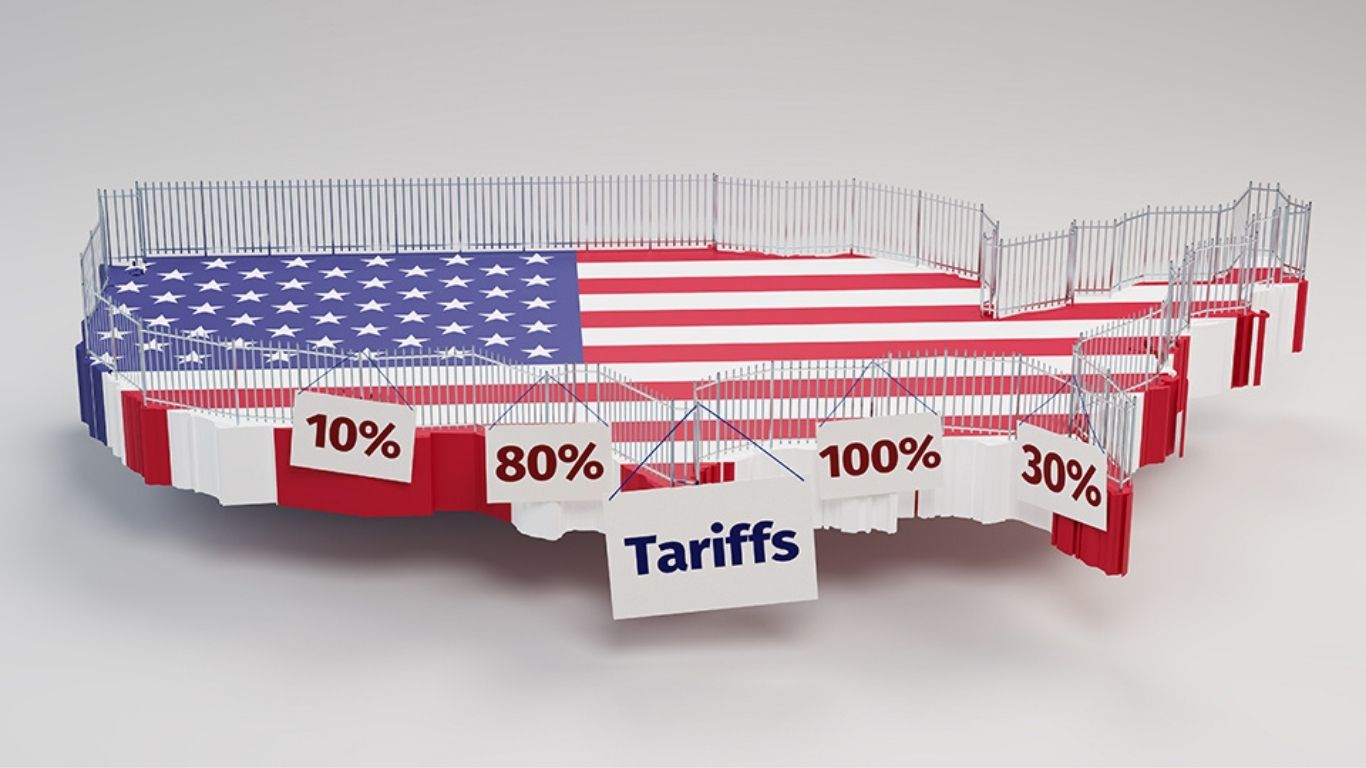The Idea Was Good—The Execution Is a Joke
High-speed rail in California was supposed to be a game-changer. Fast, efficient, and a true alternative to air travel—what’s not to love? The plan was simple: a bullet train connecting Los Angeles and San Francisco in under three hours. That was the promise. The reality? Two decades, $15 billion, and we’re left with a glorified shuttle between Bakersfield and Merced. No offense to those towns, but they’re not exactly the bustling metropolises Californians were hoping to connect.
It’s not just a small detour. This project has gone from ambitious to absurd. The Trump administration called out California’s wasteful spending on the project—and they were absolutely right. Every dollar spent on this project is another dollar burned with nothing to show for it. The entire endeavor is teetering on the edge of becoming one of the biggest infrastructure failures in American history.
The High-Speed Rail Nobody Asked For
Let’s be blunt: nobody in Los Angeles is itching to visit Merced on a bullet train. If they were, we wouldn’t need to drop billions to make it happen. The problem is that the original concept—connecting two major economic hubs—was hijacked by poor planning, political maneuvering, and a staggering lack of accountability. Instead of a direct, efficient route, we now have a high-speed rail line running between locations that most Californians don’t need or want to travel between.
This is transportation planning at its worst. If the goal was to make train travel more appealing than flying or driving, the planners have failed spectacularly.
What Went Wrong?
The short answer: everything. The long answer: political mismanagement, skyrocketing costs, and a total lack of common sense.
1. The Route is a Disaster
The original plan was smart—connect two cities that have millions of travelers moving between them every year. Instead, thanks to endless compromises, lawsuits, and delays, we’re left with a train that bypasses the biggest population centers and instead runs through the Central Valley.
2. Money is Vanishing Into Thin Air
Fifteen billion dollars have been poured into this mess, and the finish line keeps moving. Every delay costs taxpayers more, yet nobody seems to be held accountable for the financial black hole this project has become.
3. Politics Over Progress
Every few years, the project gets a new champion who promises to fix it. And every few years, it remains a disaster. Meanwhile, high-speed rail systems in countries like Japan, France, and China continue to expand while California fumbles with basic logistics.
There’s Still Hope—If We Stop Making the Same Mistakes
California still needs high-speed rail. Done correctly, it could transform travel and reduce congestion. But that means abandoning this doomed Central Valley project and starting fresh.
Step One: Admit This Isn’t Working
If you’re digging a hole and realize it’s the wrong one, you don’t dig faster—you stop. California needs to halt this disaster and shift focus back to the original goal: a direct Los Angeles to San Francisco connection.
Step Two: Eminent Domain is Inevitable
One reason this project went off the rails (pun intended) is that state leaders avoided using eminent domain to secure the best route. Bullet trains don’t work if they have to zigzag through farmland and small towns. Other nations have no problem building direct rail lines because they prioritize public benefit over bureaucratic red tape. California must do the same.
Step Three: Start Small, Prove the Concept
A better approach? Focus first on an L.A. to Las Vegas high-speed rail. It’s a route people actually want, with massive demand from travelers. If successful, it could pave the way for expansion to San Francisco.
The Bottom Line
California had a golden opportunity to build something truly transformative. Instead, we’ve ended up with an overpriced, underwhelming mess. The money has been spent, and taxpayers have been fleeced. The question now is whether we keep doubling down on failure—or finally admit it’s time for a new plan.
The choice should be obvious.



